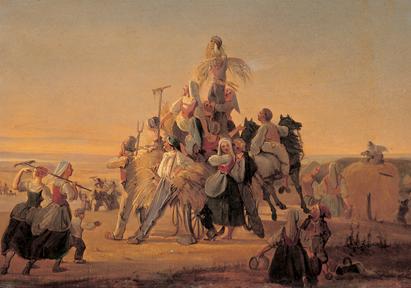
Communities 1660-2000
During the period of absolute monarchy in Denmark a person could be a member of several communities. He or she was born into a particular class with associated duties and rights. Farmers were part of village communities, whilst the craftsmen of the towns were members of guilds, which organised production. These communities formed the social safety net of the period. The communities of the absolute monarchy were neither prescribed nor allowed by the king, but the constitution of 1849 guaranteed freedom of association. This provided fertile soil for the growth of new popular movements: the folk high school movement created consciousness amongst the farmers of the new era, whilst the cooperative movement brought effectiveness and democracy to agriculture. The trade union movement took care of the growing working classes of the cities and towns. In the welfare state period new associations were formed, often relating to leisure activities and specific causes. New terms like “shared housing” and “grass roots movement” were widely used.
Selected objects in the museum’s collections provide the basis for these stories. The objects are displayed at the National Museum in the exhibition Stories of Denmark 1660-2000.
More about the history of communities?
Visit the exhibition Stories of Denmark at the National Museum in Copenhagen.
